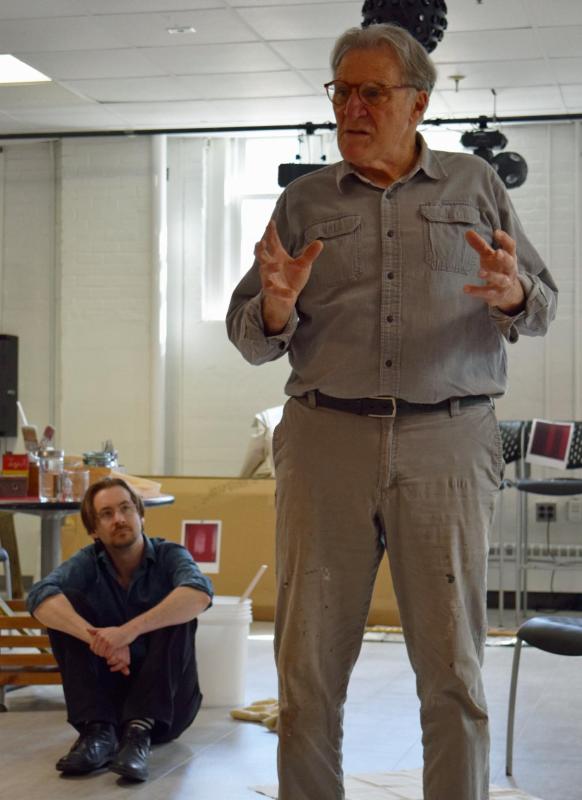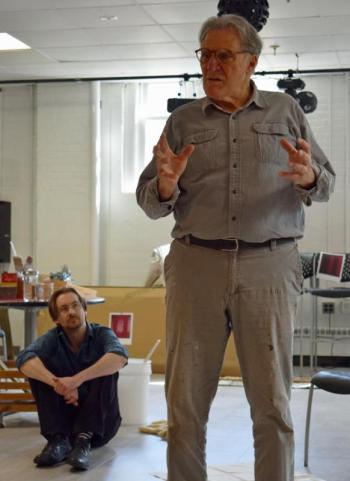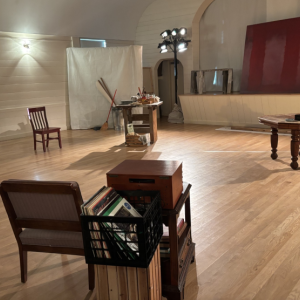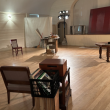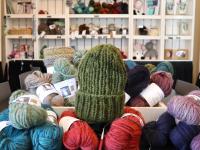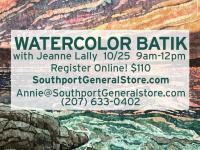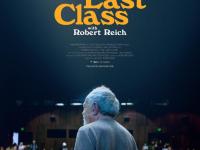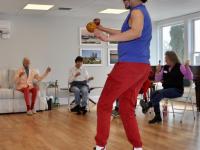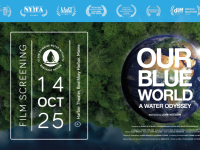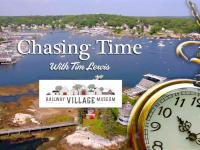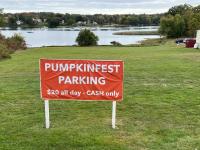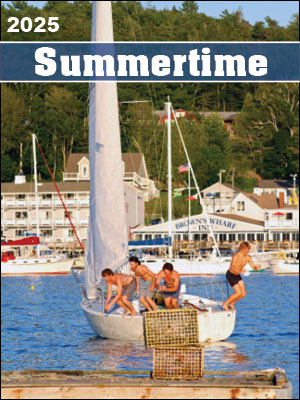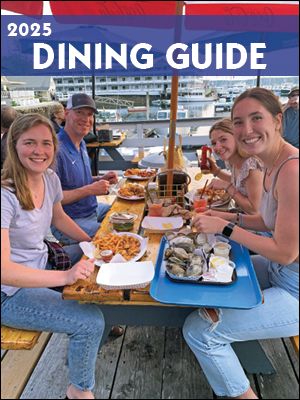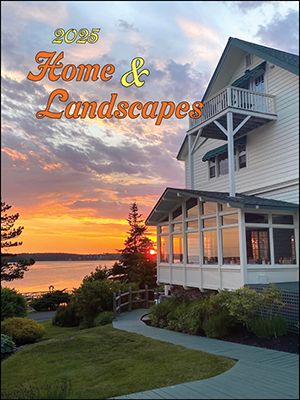'RED'
I attended the Boothbay Summer Theater production of “RED,” a Tony Award -winning play by John Logan about the abstract artist Mark Rothko last Friday. Since then I’ve been thinking a lot about color, and the passion that drives and torments artists internally and externally on their chosen canvas.
The symbolism associated with red are as bold and intense as the color itself. Red conveys very strong emotion – from love and passion to anger and aggression; shades of red are the color of blood. I’m sure you could think of many more. And black. The color black has fairly intense associations as well – mystery, darkness, death, despair, the unknown, protection … yes, this color plays into the show, too.
The two charcters in “RED” certainly differ in their interpretation of the symbolism these colors represent. The performances by actors Al D’Andrea, portraying Rothko and Tristan Rolfe as Ken, Rothko’s new assistant, are brilliant, really. For me the intensity of the conversations and debates about art and color; what it means to be an artist, and the complexity of trying to balance time creating with making a living made for absorbing storylines in this 90-minute show.
The play is set in late 1950s NYC in Rothko’s studio where he’s been creating a series of murals for the new Four Seasons Restaurant opening (July 20, 1959). One of the architects called Rothko personally to offer the commission, which would pay $35,000. Rothko’s acceptance later sets the stage for conversations about art and commercialism; is a restaurant really the place for the work of an artist of Rothko’s standing? Leave it to Ken to bring up that discussion ... There are many moments in the play that lead to heated, sometimes angry conversations. Near the end of the play, Ken has a monologue that is biting, intense. In fact, at the outset of that monologue the anger in his (Ken’s) voice literally startled me. One could say the character was “seeing red.”
Famed artists finding their way into conversations in the studio include Rembrandt, Dali, de Kooning, Matisse, Pollock, Van Gogh … and Rothko himself, of course, who has a lot to say about all of them and their differing process and technique.
When Rothko explains to his assistant that the work on the walls is “in process” and ready for study is something Ken doesn’t get right then. Says Rothko, “Most of painting is thinking. Didn’t they teach you that? 10% is putting paint onto the canvas. The rest is waiting. The more you look at them the more they move ... They float in space, they breathe ... Movement, communication, gesture, flux, interaction; letting them work ... They’re not dead because they’re not static. They move through space if you let them, this movement takes time, so they’re temporal. They require time.”
The connection between Al and Tristan can be felt within the characters they portray. This happens in a two-person show, I know. I had the good fortune to be in one myself, “Grace & Glorie” with the late Jerry Day Mason in ‘96, with Studio Theater. The ensuing connection, bond, really, between two actors in such a show is demonstrated in the way their characters relate to each other. Acting is much more than memorizing lines ... Al and Tristan have that connectedness. I felt it. You will, too.
I asked Director Margit Ahlin how she and Al decided on “RED.” Said Margit, “We wanted to try something a little more challenging, a little more meaningful in our lives, as the struggle of the artist is something we deal with all the time!” (Margit and Al are the founders of Snowlion Repretory Co. in Portland) “RED speaks about the struggle of the artist to balance artistic purity with the need to be commercially successful to survive,” continued Margit, “and Rothko's murals that were commissioned for the new Four Seasons Restaurant in New York (the play takes place in 1958-1959) were the best vehicle to explore that juxtaposition of art versus commerce.”
“We have worked several times with Tristan and consider him a veteran Snowlion Rep member,” said Margit. “He recently appeared in our production of ‘Faust in the Anthropocene’ and we approached him for the role of Ken, Rothko's assistant and dramatic foil. He was excited about the play: 90 minutes with just two actors, a real challenge!”
A challenge that will long be remembered by these two gifted actors, and by their audiences. I'm still thinking about it. This is a show you must experience!
“RED” continues at Boothbay Railway Village Museum, in the Town Hall, 586 Wiscasset Road/Route 27, Boothbay. Performances are at 7 p.m. Thursday, July 3 and Saturday, July 5; with a matinee show on Sunday, July 6 at 3 p.m. Tickets are available at https://www.snowlionrep.org/


